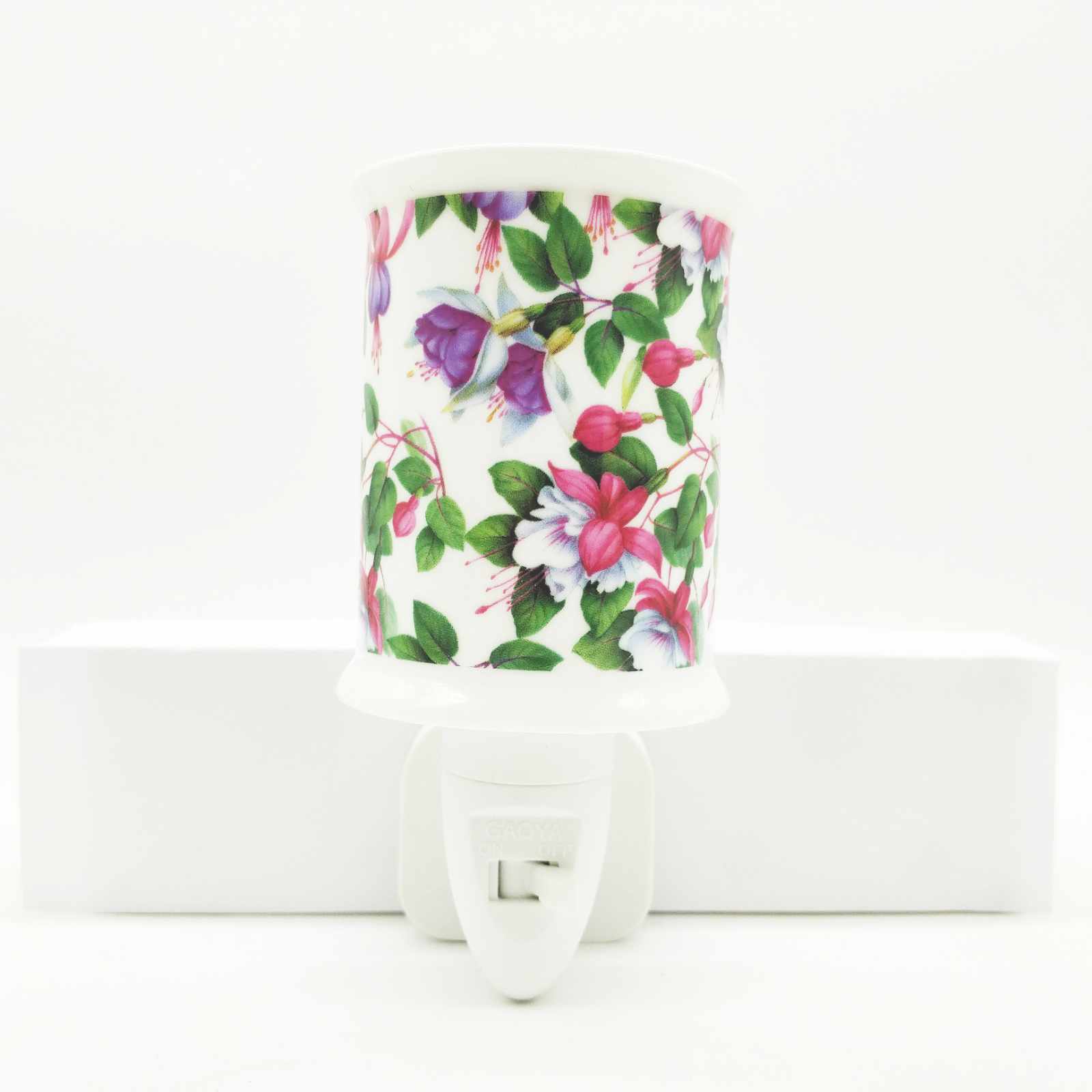5 things to think about when you buy a Ceramic Night Light
Is it safe to leave LED night lights on all night?
Yes, because of their low power consumption and low heat output, LED lights are ideal for leaving on for extended periods of time. They are better suited to being used as a night light or as a general background accent light. A standard night light consumes the most electricity. Traditional incandescent or neon night lights consume more energy than LED night light bulbs. While running, it consumes between 3 and 7.5 watts of energy.... Running one traditional 7-watt night light all year costs about six dollars in energy.
LED lights, unlike most other types of bulbs, do not emit light from a vacuum. Overheating is one of the causes of a bulb catching fire, but this is extremely unlikely with LED lights. They may feel warm to the touch, but they produce light at a much lower temperature than other bulbs. This probably goes without saying, but your night light should not be too bright! Most night lights have a power consumption of 4-7 watts. You'll also want to make sure that the light is shaded and diffused, so your baby isn't bothered by harsh glare.
What are the drawbacks of LED lighting?
LED lights made of pottery emit light from the visible light spectrum's short-wave, high-energy blue and violet ends. According to the American Medical Association, long-term exposure of the retina and lens to blue peaks from LEDs can increase the risk of cataract and age-related macular degeneration.
- Expensive up-front costs.
- Compatibility with transformers.
- Color shift is possible over the life of the lamp.
- Standardization of performance has not yet been streamlined.
- Overheating can shorten the life of a lamp.
Where should a nightlight be used?
The best places for plug in night lights are hallways, bedrooms, bathrooms, and kitchens. They are, however, limited to locations with outlets, and outlets aren't always located where you need light.
Nightlights are typically installed to provide a sense of security and to alleviate children's fears of the dark. They also help to prevent tripping down stairs or over objects by illuminating the general layout of a room without causing the eyestrain caused by a standard light.
- DO put the light near the areas of the room you'll need to use at night, but DON'T put it too close to your child's sleeping area.
- DO make sure the light is low-wattage and dim enough not to disrupt your child's sleep.
Thankyou to Tialilly.com - Ceramic Night Light company for the help with answering my questions.

